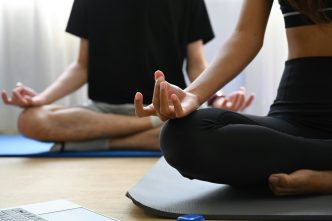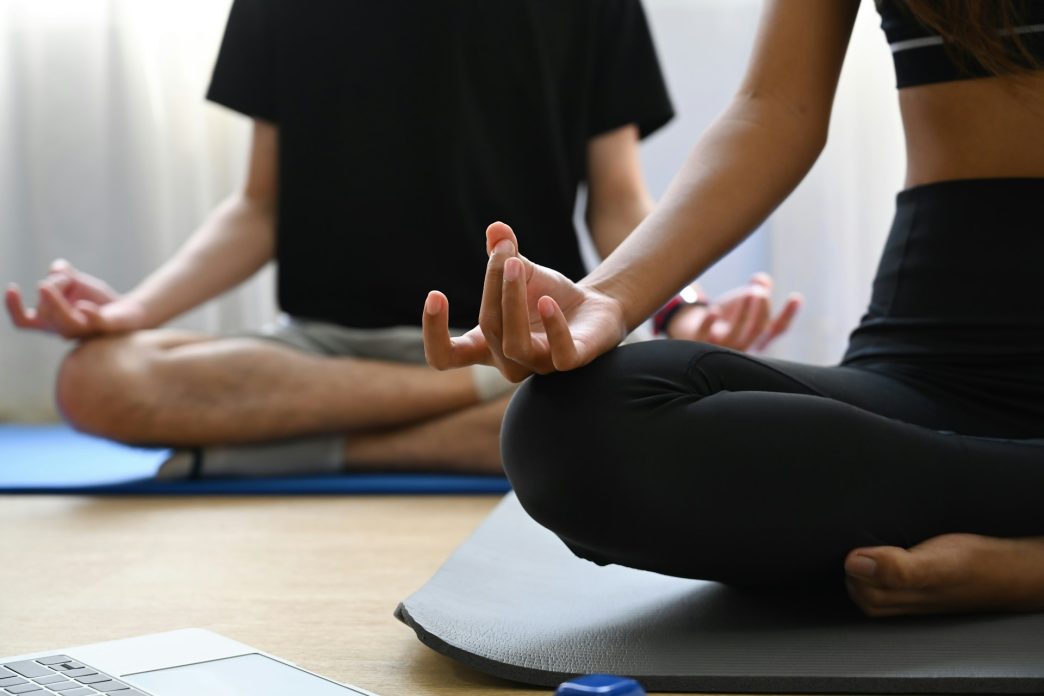Breathing is one of the core elements of yoga. Yogic breathing, commonly known as pranayama, refers to the art of controlled and conscious breathing that matches the rhythm of yoga postures. Also, there are several breathing exercises that people can practice without doing any yoga postures to enjoy their benefits.
In this article, we will learn more about yogic breathing and its benefits. On top of this, we will go through the correct way to practice yogic breathing. So, let us get started.
What Is Yogic Breathing?
Yogic breathing or pranayama is an excellent practice of yoga that improves your overall health and breathing. Pranayama is derived from two terms namely, prana which means life force, and ayama which means control.
Yogic breathing involves the practice of breathing slowly and deeply. You can even follow some specific techniques and patterns during the practice. In the basic technique, you have to inhale through your nose, hold your breath for some seconds, and then exhale it slowly. This helps you to relax your body and reduce your overall stress levels.
What Are The Benefits Of Yogic Breathing?
Here are some of the top benefits of yogic breathing.
Improves sleep
One of the top advantages of yogic breathing is that you can enjoy better sleep at night. The deep, rhythmic breathing exercise helps you to calm your nerves which activates the parasympathetic response of the body. This is responsible for the overall relaxation of mind and body. You can practice yogic breathing before going to bed to enjoy a high quality of sleep. If you suffer from insomnia or other issues causing sleep disturbance then yogic breathing can help you enjoy a deep sleep in the long run.
Lower anxiety and stress
When you are stressed, your breaths will become rapid and shallow. This is generally associated with events when you are in tension or panic as they increase the overall stress and anxiety level of your body. Yogic breathing helps to counter them as it promotes slow and deep breathing that helps you to calm your nervous system and lower the overall cortisol level in your body.
With regular practice, you will be able to calm your mind and body in challenging situations and reduce your stress and anxiety levels.
Lower blood pressure
Yogic breathing also helps you to maintain proper blood pressure. This practice involves controlled yogic breathing techniques that promote relaxation and reduce stress, which are key factors in managing hypertension. People suffering from cardiovascular disease and hypertension should practice yogic breathing on a regular basis to manage their conditions naturally.
Mindfulness
Mindfulness is a state in which a person is present in the moment both physically and mentally. Your attention is not diverted by any distraction or judgment. Yogic breathing helps you to focus on your breath which increases the awareness of your mind for your body, thoughts, and surroundings. You can develop a sense of calm and clarity in your mind and body.
How To Properly Practice Yogic Breathing?
You have to practice yogic breathing consistently to master it. Here is a step-by-step guide that will help you to start your pranayama practice.
Sit in a Comfortable Position
Start by sitting in a cross-legged position on the floor or in a chair. It’s important that you keep your spine straight with your shoulders relaxed and rest your hands gently on your lap or knees. This will help you to go deep in your breathing without any discomfort.
Focus on your breath work
Yogic breathing involves deep breaths that fully engage your lungs and diaphragm. You can start by slowly inhaling deeply through your nose. Notice your belly rising and your diaphragm expanding. Once your chest is full, you need to hold your breath and then, exhale slowly and steadily through your nose. Remember to exhale gently and in a controlled manner. Repeat the entire process for several minutes.
You can try to add pranayama practice into your daily routine to enjoy all the benefits. Even 5-10 minutes of yogic breathing in the morning, evening, or just before sleeping to relax your mind and melt all the stress away.













